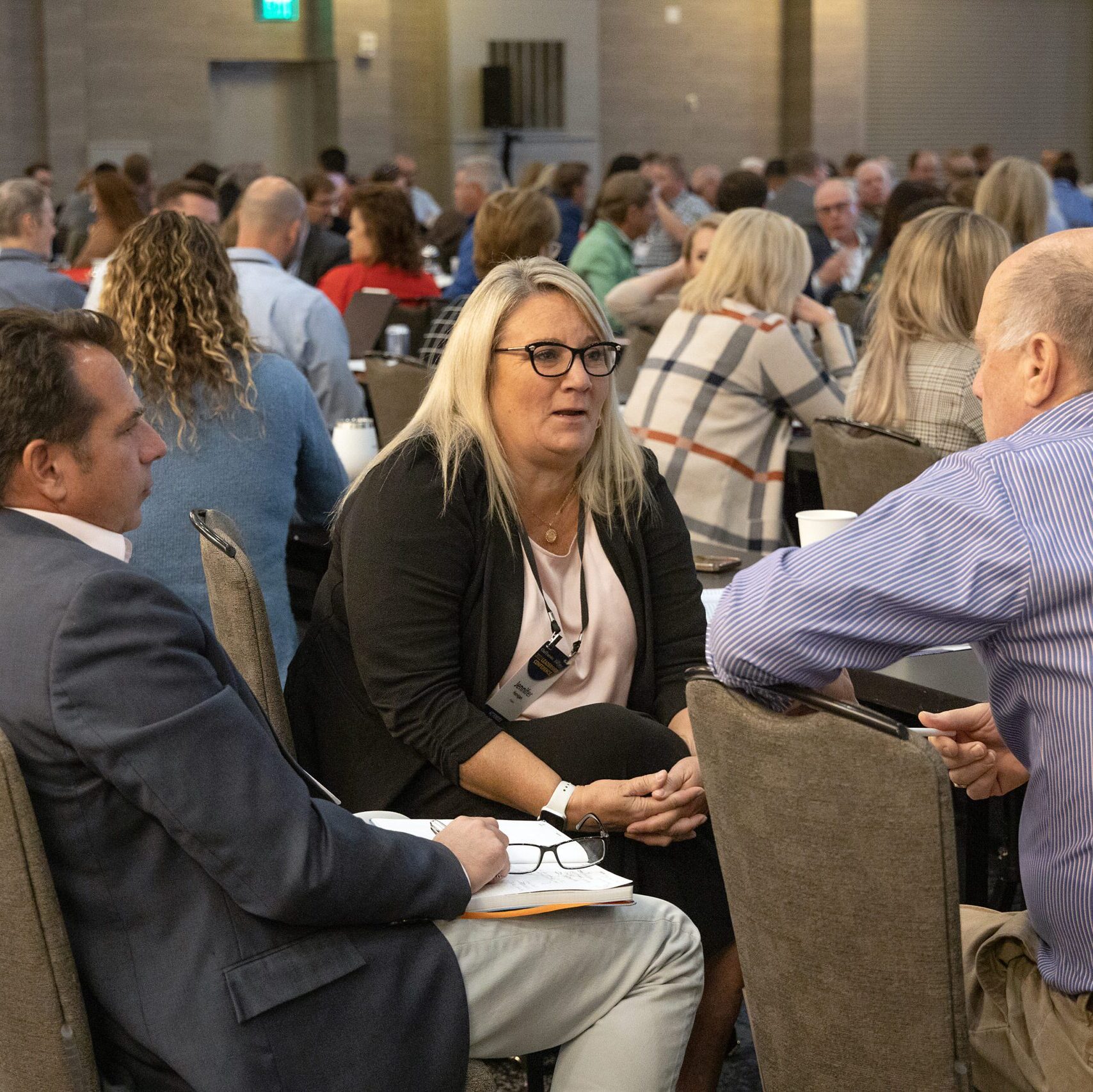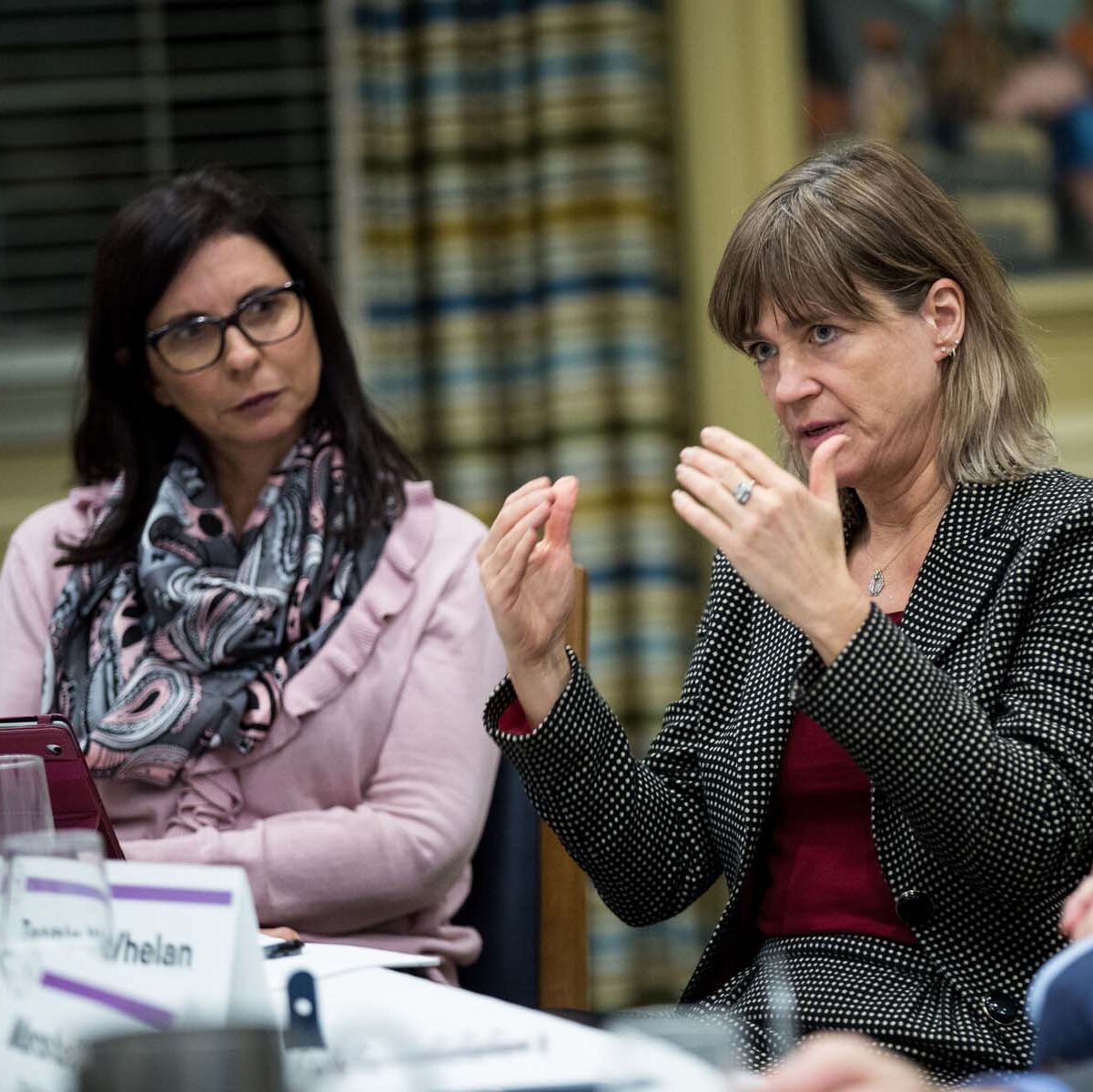The 4 Conditions in Practice
To benefit from the four conditions, teams should work with methodology for pursuing innovation challenges. In the case of Nomacorc, the teams used Schaffer’s Rapid Results approach, which focuses teams on achieving significant goals in accelerated time frames. For instance, one team, challenged by leadership with making measurable progress in penetrating major wine bottler accounts, set a goal of getting actual purchase commitments from three of the largest U.S. accounts ( which Nomacorc had been trying to penetrate for years without success).
This was a particularly difficult challenge since large buyers have a 6-18 month sales cycle to test new closures. By testing different approaches rapidly and efficiently, the team challenged accepted wisdom about how major accounts buy, shortening the sales cycle and enabling them to generate revenue from an important sector of the market that had previously been closed to them.
A second team was charged with taking a recently launched product and driving growth significantly beyond targeted projections in one country. The team set an aggressive goal for generating new customer purchases within 100 days. Achieving this goal required rethinking virtually every aspect of their existing marketing and sales tactics, from how they trained distributors to generating publicity. And they had to experiment with new ideas and learn quickly what worked.
As a result, the team not only exceeded its goal, but also created momentum that enabled them to generate more than 200% of their annual target for the entire year. Equally important, they developed a fundamentally different set of approaches to introducing new products that has become a model across the company.
In both cases, leaders ensured that these four conditions were in place, enabling teams to learn, innovate and drive measurable results effectively. Tight time frames and the need to move quickly fostered the energy and creative friction necessary for cross-functional teams to develop and execute different approaches, and to blow the whistle quickly and unsentimentally when the course had to be changed.
And in both cases, the teams achieved results that far surpassed what they or their leaders believed was possible. The benefits went well beyond the significant increase in sales and major account penetration, as the learning from these efforts has migrated across the company. The product launch team has now become an important asset for piloting other new Nomacorc products launches.
Key takeaways:
Every organization has the potential to perform at a higher level, to innovate and to stimulate the entrepreneurial energy that can drive long-term and sustainable growth. By focusing on areas of real opportunity and creating the conditions in which teams are empowered to work across borders to develop and put new ideas to work, companies can unlock that entrepreneurial power and achieve measurable results.


Logan Chandler, is a partner at Schaffer Consulting and author of Off-Sites That Work (Harvard Business Review). Markus Spiegel, a partner at Schaffer Consulting, has published insights from his consulting work and research in many formats including Forbes Media, Leader to Leader, Research in Organizational Change and Development and has spoken at several international conferences.
Chief Executive Group exists to improve the performance of U.S. CEOs, senior executives and public-company directors, helping you grow your companies, build your communities and strengthen society. Learn more at chiefexecutivegroup.com.
0

1:00 - 5:00 pm
Over 70% of Executives Surveyed Agree: Many Strategic Planning Efforts Lack Systematic Approach Tips for Enhancing Your Strategic Planning Process
Executives expressed frustration with their current strategic planning process. Issues include:
Steve Rutan and Denise Harrison have put together an afternoon workshop that will provide the tools you need to address these concerns. They have worked with hundreds of executives to develop a systematic approach that will enable your team to make better decisions during strategic planning. Steve and Denise will walk you through exercises for prioritizing your lists and steps that will reset and reinvigorate your process. This will be a hands-on workshop that will enable you to think about your business as you use the tools that are being presented. If you are ready for a Strategic Planning tune-up, select this workshop in your registration form. The additional fee of $695 will be added to your total.

2:00 - 5:00 pm
Female leaders face the same issues all leaders do, but they often face additional challenges too. In this peer session, we will facilitate a discussion of best practices and how to overcome common barriers to help women leaders be more effective within and outside their organizations.
Limited space available.

10:30 - 5:00 pm
General’s Retreat at Hermitage Golf Course
Sponsored by UBS
General’s Retreat, built in 1986 with architect Gary Roger Baird, has been voted the “Best Golf Course in Nashville” and is a “must play” when visiting the Nashville, Tennessee area. With the beautiful setting along the Cumberland River, golfers of all capabilities will thoroughly enjoy the golf, scenery and hospitality.
The golf outing fee includes transportation to and from the hotel, greens/cart fees, use of practice facilities, and boxed lunch. The bus will leave the hotel at 10:30 am for a noon shotgun start and return to the hotel after the cocktail reception following the completion of the round.